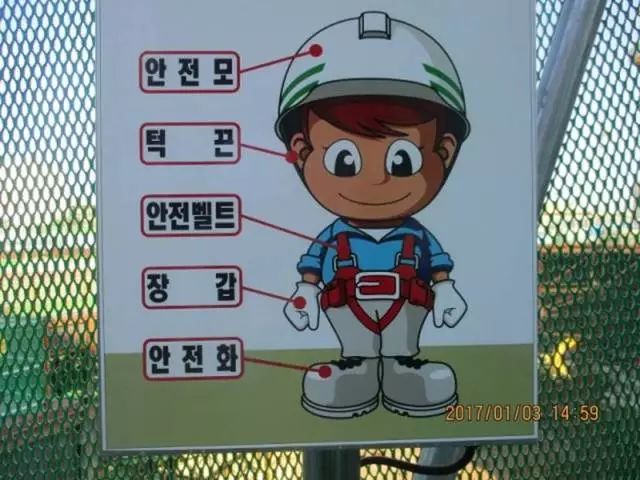The internal space shaping of the building is also consistent with the external shape.
As for the selection of internal space materials, the real texture should be reflected as much as possible, and the most original internal feeling of rural buildings should be reflected through the clear concrete roof, white texture diatom mud wall and log colored doors and windows.
The elevation difference between the upper and lower parts of the terrain is obvious, and the terrain is platform up from north to south.
The north side has a wide view.
Focusing on nature and based on the environment is the original intention and power source of design.
The project is positioned as a small cultural tourism building integrating cultural and historical exhibition, tourist reception center and cultural experience center in Sangzhou Town, Ninghai.
There is only a rural road connecting several villages around it.
The base is far away from the hustle and bustle of the city.
Sometimes there are bridges across streams, and sometimes there are small buildings close to mountains.
Sometimes it seems as if they are finished, but when they turn around, they make a new start.
The environment is originally a composite whole, which is constructed by natural or artificial spaces of various functional types.
| Zhejiang Ninghai Design Unit | Architectural Design Institute of Zhejiang University | Structural Design of Wu Zhenling, Zhang Jiachen, Li Ning, Wang Yingni, Chen Yu | Jin Xingxing, Shen Jin Ni Wenhao’s water supply and drainage design, Chen Ji, Chen Fei’s electrical design, Zheng Guoxing, Ding Li’s HVAC design, Guo Yinan, Ren Xiaodong’s intelligent design, Jiang Bing’s interior design, Li Jingyuan, Fang Yu’s landscape design, Wu Weiling, Xu Conghua, Zhu Jing’s architectural economy, Chu Qianbo’s architectural photography, Zhang Yu’s view of buildings, Ding Junhao’s awards, 2021 First Prize of Excellent Survey and Design of the Ministry of Education, 2020WANAwards Gold Medal, www.uad.com Cn Brand Promotion | 0571-85891028 Business Cooperation | 0571-85891036 Talent Recruitment | 0571-85891017 Editor in Chief Editor in Charge Editor in Chief Column Visual Overall Graphic Design | Lv Miaohua | Li Congxiao | Li Congxiao | Yan Yaping | Wu Zhenling | Zhao Qiqiang | Zhuang Wenling///..
At the corner of the hill, quiet terraces and plain buildings are hidden in the landscape, just like the mountains and forests that have grown here for thousands of years.
In terms of the external space of the Museum of Culture and History, we should adapt to the nature, terrain and local conditions according to the natural atmosphere of the site.
As an entity building in this environment, the Museum of Culture and History not only shows its style and appearance, but also the entity expression of the environmental system that comes down in a continuous line of society, technology and culture, which reflects the greatest recognition of nature and local.
Through simple skills and techniques, the whole building is consistent with the natural terraces and hills in the close look and texture.
The design integrates the building into the current situation, connects the contour with the landform, continues the contour of the original terraces, and hopes that the roof of the whole building is consistent with the surrounding terraces, full of crops.
The light is projected on the wall and ground through high windows or skylights, forming a variety of natural landscapes.
The handling of stone window frames, the selection of dripping water and other details are also carefully done by the old master.
There are local villagers working in the fields from time to time.
Each space formed by irregular walls and scattered roofs is full of changes, just like a country path, which is different in width and is well arranged.
Look at mountains or mountains, look at water or water…
The base is located in a beautiful terrace, close to the mountain and facing the water.
In the construction process, local materials shall be used to give full play to the construction advantages of local materials.
The design hopes to create a small cultural building that can reflect the local personality and has the characteristics of local places through low-key design techniques and the most regional architectural form.
The completed Museum of Literature and History reflects the response to different charms around the original terraced fields, streams, bridges, and paths, which are scattered along the undulating terrain.
Look for the local old masons in Sangzhou, select the local natural stones for masonry, and restore the most original and natural terraces.
Qingxi Culture and History Museum is located in Nanshangang, Sangzhou Town, Ninghai, Zhejiang Province.
Concealed shape, appropriate technology and appropriate space.
There are mountains in the distance and terraces on both sides.
General layout Plan of the first floor Plan of the second floor Plan 1-1 Profile 2-2 Node map I Node map II Project name | Owner of Sangzhou Qingxi Culture and History Museum Project | Construction site of Ninghai County Cultural Tourism Group Co., Ltd.


